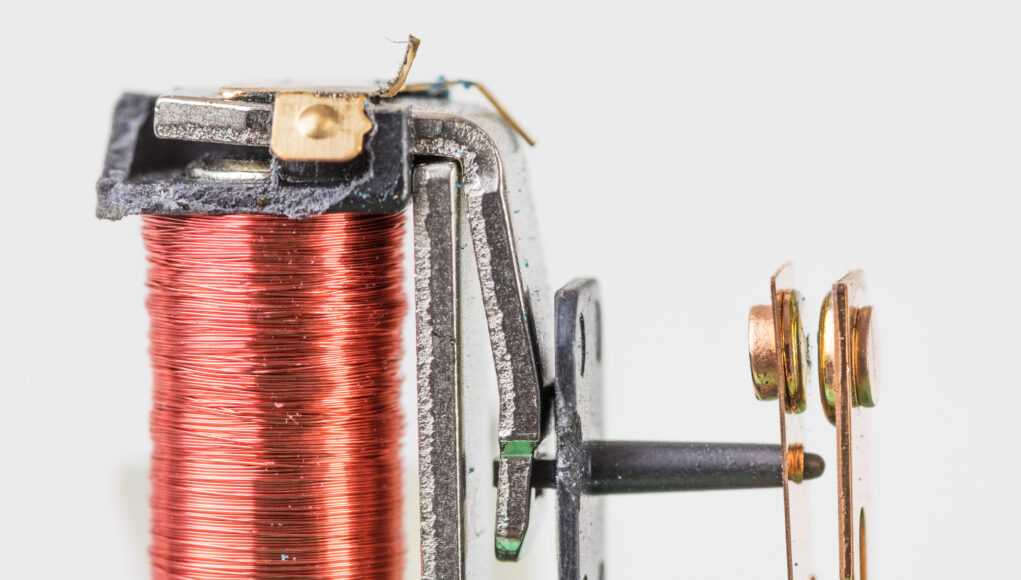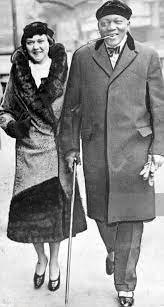Phase Failure Relays
This article will learn about an essential electrical safety device primarily used in three-phase electrical systems. The name of this device is pashe failure relay. Special phase failure relays are also available in the market for single-phase applications.
This electrical safety device is called phase failure relays. Whether the electrical system is domestic or industrial, its safety is paramount. Poorly handled and managed electrical power can cause many problems for both human and electrical appliances.
Phase failure relays are a type of electrical device designed to protect electric motors from damage caused by power supply issues. They work by monitoring the power supply to the motor and detecting any phase loss or imbalance. If a phase failure is detected, the relay will automatically trip and disconnect the motor from the power supply, preventing further damage. Phase failure relays are commonly used in industrial and commercial settings where electric motors are used extensively, such as in manufacturing plants and power stations.
They are available in a variety of designs and can be installed on both single and three-phase motors. Some phase failure relays also come with additional features such as phase sequence monitoring, under-voltage protection, and overcurrent protection, providing further protection for the motor. Overall, phase failure relays are an important safety measure for any application where electric motors are used and can help prevent costly motor damage and downtime.
The most common use of this device is industries with three-phase supply and three-phase industrial equipment, for example, a three-phase motor, which can overheat due to phase failure. As a result, three-phase appliances could be burned out and damaged. Now you will learn all the essential details about the phase failure relays.
Why does a phase failure occur?
Blown fuses, tripped circuit breakers, damaged cables, open circuits, shoddy/loose connections, and worn contacts result in phase loss faults. Equipment breakdowns and downtime might result from letting this issue continue.
Purpose of phase failure relay
The primary purpose of a phase failure relay is to protect the electrical system. This device is classified as a monitoring and controlling device with three-phase power sources. This electrical safety device can save the electrical system in many ways. Some of them are listed below:
- Phase sequence
- Supply monitoring relays
- Phase protection
- Phase symmetrical problem
- Neutral or ground failure
- The power source continues to monitor
This one thing that you have to note down is that this device is working on three-phase systems. The neutral wire of the three-phase system is optional. Phase failure relays can come with or without the neural wire option. These types of relays are classified as particular types of relays.
The short form of phase failure relays.
The short form of the phase failure relays is PFR. Whenever you see PFR written in any electrical system, you must understand that failure relays are installed in the system phase.
Other names of phase failure relay
Phase failure relays are the common name of this relay. But sometimes, in the market, you also notice the other names of these relays, which are Phase Protection Relay (for protecting phase), Phase Control Relay (For the controlling phase), Line Monitoring Relay (for continuously monitoring line), and Phase monitoring relay (For the continuously monitoring phase).
A fault that phase failure relays can detect.
You can find a number of faults with the help of a phase failure relay. The detail of these faults are described below:
Phase sequence
The phase sequence is the first fault that a PFRs can detect. There is a specific sequence of the three-phase power source. If the power source phase is not in idle condition, then electrical appliances, especially motors, cannot start properly, resulting in damage to the engine. PFRs can save you from this damage.
Voltage under the rated volts
Ideally, it is expected that in a three-phase power supply, equal voltages are present. If any phase’s voltage drops, the operation of motors and other appliances can be disturbed and fail the equipment. This condition also can be avoided using phase failure relays.
Neutral loss
If the neutral wire of the supply goes missing, it causes severe damage to your types of equipment. As in the absence of neutral wire, the dual output voltage can cross through the devices. You can save yourself by using PFR (Phase Failure Relay).
Functioning of phase failure relays
Receiving input signals and determining their properties is the primary function of a phase failure relay. The value of output contact changes when PFR detects any changes. The contact output of this device can be connected to devices that can open the circuit, such as contactors and switches.
In other words, we can say the phase failure relays, receiving input signals, and determining their characteristics are the primary functions. Once a preset value has been reached, the output contact changes location. Contactors and switches are devices that open circuits using the contact output of this device.
Pros of using phase failure devices in the electrical systems
There are a lot of benefits that can be achieved by using phase failure relays. Some benefits are listed below:
The life span of the motor
If you use phase failure relays on the input side of the three-phase motor, then PFR will save the motor from overheating. If an engine is protected from overheating, then the chances of the burning motor are gone down. As a result, the life span of the motor will be increased.
Reduce cost
If your motor is safe from multiple faults, you can easily save the amount used to be spent on fixing the faulty motors.
Electrical Safety
Using a phase failure relay in any electrical system, you can achieve ultimate safety. This safety ensures the protection of the motor and human beings.
Application of phase failure relays
The phase failure relays can protect the motor, electrical pumps, air conditioners, and other similar devices. These relays are very beneficial, as these relays are very sensitive and intelligent in their work.
What kind of factors that you have to keep in mind while choosing PFRs?
When you use phase failure relays in the system, you must consider multiple factors. Some factors are described below:
Awareness of Power supply
To begin, you should be aware of your available supplies on-site. For example, three-phase three-wire or three-phase four-wire are available in the market. Phase Failure Relays are rated for higher voltage and have higher voltage measurements, such as 400Vac or 415Vac. While four-wire relays measure phase to phase and have single-phase ratings, such as 230Vac or 240Vac.
Number of outputs of the PFRs
Following that, you will need to determine the number of output relays you need. Change-over outputs are typically single pole or double pole.
Monitoring functions
Last but not least, you have to know what monitoring functions you need. As a standard, you will have phase loss, but you will typically be able to find options for the rest.
Apart from this, if you are interested to know more about Cost Of RCDs then visit our TECH category.
FAQs
- What are the signs of phase failure?
When phase loss occurs, there is a drop in the L1, L2, or L3 voltage. The phase-to-phase voltage drops below 60% of the rated input when there is a phase loss. (Wehreas L1= Phase 1, L2= Phase 2, L3= Phase 3)
- Can you explain how phase protection relays work?
Monitor relays protect against three-phase fault conditions and phase loss damage. By providing control contacts, these relays signal fault conditions and turn off motors and other equipment before they cause damage.







